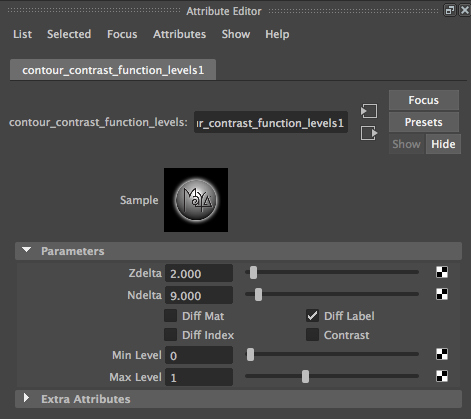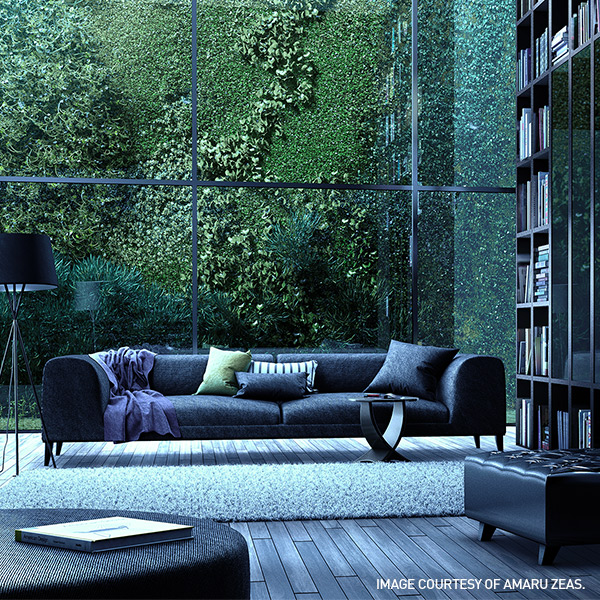

So we provide an Advanced Settings option on each of the new tabs. We also want to retain the flexibility of mental ray for production users. Provide single global controls to reduce repetitive and potentially error-inducing settings across scene elements.Increase ease-of-use when adjusting settings to control for optimization and quality.The defaults should enable the most frequently used features. Enable complete rendering without requirement to adjust or enable most settings.As stated in the Maya 2016 documentation for mental ray Render Settings, we aim to: Members of both NVIDIA ARC and Autodesk, including UI designers and developers, collaborated to make this change significant. For example, a user should not have to type in string options anymore. We provide almost everything a user needs here within this UI. Of specific note, our newest Global Illumination (GI) mode significantly increases ease-of-use and productivity. The defaults aim for no-fuss rendering of the most frequently used and up-to-date features.

We significantly changed the mental ray for Maya 2016 Render Settings User Interface (UI) in order to reduce time spent adjusting renders.
#ENABLE MENTAL RAY FOR MAYA 2016 SERIES#
For example, the interactive rendering control for progressive rendering is available in this tab, as well as any other settings that take advantage of the GPU.Ĭontains settings that help a user with problem solving, or identification of areas for optimization.This is the first in a series of posts on mental ray for Maya 2016 Render Settings For example, a new mental ray Passes control section that is shared by all renderable cameras is available in the Camera section of the Scene tab.Ĭontains settings that are more likely to be used across Maya sessions, related to machine resources capability, and how a user likes to work with the scene. Most sampling settings for the render are now derived from a user-oriented quality control.Ĭontains shared settings across scene elements, such as camera settings that should be applied to all renderable cameras. The mental ray tabs now consists of four main tabs:įocuses on optimization for quality settings using the latest mental ray features for controlling sampling. Some per-element settings have been removed to take advantage of automatic rendering core optimizations. In particular, material optimizations such as sampling settings have been moved out of material shaders and their Attribute Editor nodes and into the Render Settings as quality controls. Provide single global controls to reduce repetitive and potentially error-inducing settings across scene elements.

The defaults should enable the most frequently used features.Įase-of-use when adjusting settings to control optimization and quality. Everything that a user needs to adjust in order to render with mental ray is available in this Render Settings user interface.Įnable complete rendering without the requirement to adjust or enable most settings. In Maya 2016, the mental ray Render Settings tabs have been redesigned to use the most up-to-date rendering approaches with the latest mental ray features.


 0 kommentar(er)
0 kommentar(er)
